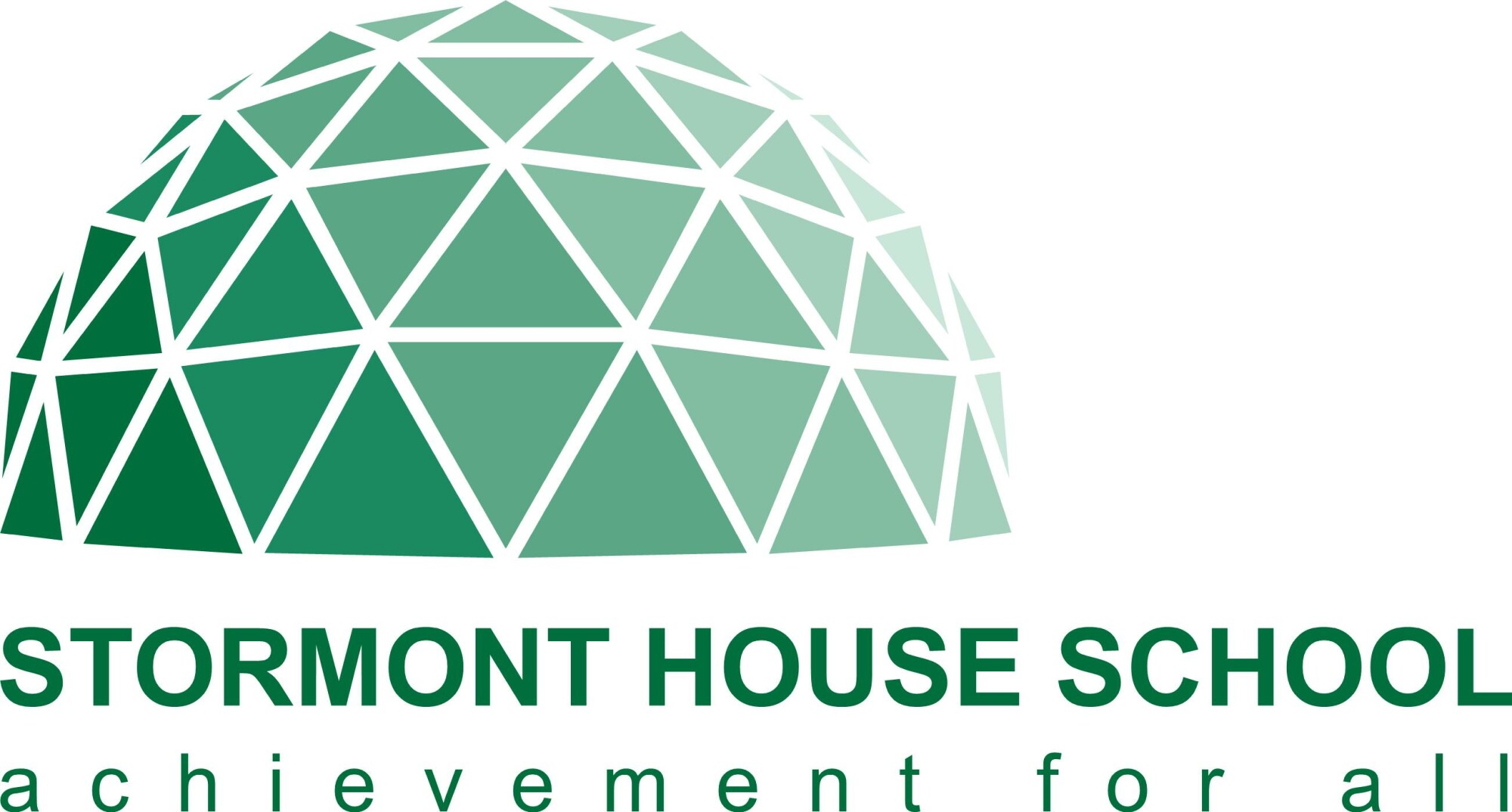Acceptable Use & E-Safety Policy
Overview
The Internet and other digital and information technologies are powerful tools, which open up new opportunities for everyone. Electronic communication helps both teacher and pupils to learn from each other. These technologies can stimulate discussion, promote creativity and increase awareness of the context to promote effective learning. Children and young people should have an entitlement to safe Internet access at all times.
The requirement to ensure that children and young people are able to use the Internet and related communications technologies appropriately and safely is addressed as part of the wider duty of care to which all work in schools are bound. Our school e-safety policy should help to ensure safe and appropriate use. The development and implementation of such a strategy involves commitment of all the stakeholders in a child's education from the head teacher and governors to the senior leaders and classroom teachers, support staff, parent and the pupils themselves.
Aims
We ensure that every child in our care is safe and the same principles apply to the ‘virtual’ or digital world as would be applied to the school’s physical buildings.
This Policy document is drawn up to protect all parties - the students, the staff and the school and aims to provide clear advice and guidance on how to minimise risks and how to deal with any infringements.
Risks Inside and outside the classroom
Internet Safety
The school broadband services are provided through LGFL and Synetrix URL Filtering service. Websites are blocked by category and individual websites are unblocked on request. The school will take all reasonable precautions to prevent access to inappropriate materials. However, due to the international scale and linked nature of Internet content, it is not possible to guarantee that unsuitable material will never appear on a computer connected to the school network. Neither the school nor LGFL can accept liability for any material accessed, or any consequences of Internet access. The school annually updates the e-safety policy to keep up with emerging technologies.
-
Managing Emails: School emailing is regulated, filtered and accountable. Use of free available, unregulated email within the school is not appropriate. Access to external/personal email accounts are blocked to protect the school’s network against harmful viruses and unsolicited contact. School email should not be considered private - the school reserves the right to monitor emails to maintain safety for pupils.
-
Digital and Video Footage: The school website is used to share information and to showcase the school’s good practice. A member of SLT supervises and authorises website content, monitors quality assurance and checks suitability. Members of staff have been given authority to upload content after SLT approval. The school takes care when using photographs or video footage of students on both the school website and learning platform. The school tries to use group photos rather than individuals and never publishes student names or information to avoid unsolicited attention.
-
Using the School Network and Equipment Safely: The computer system / network is owned by the school and is made available to students to further their education and to staff to enhance their professional activities including; teaching, research, administration and management. The school reserves the right to examine or delete any files that may be held on its computer system or to monitor any Internet or email activity on the network.
-
Using Social Network Websites: All staff are expected to use social networking sites appropriately. Staff should not become friends with students on sites such as Facebook, Twitter and any other social networking sites. Social networking sites must not be used to discuss views about the school practises etc. Any defamatory remarks made about the school and shared in open forums of this nature could be considered as misconduct and will be dealt with according to current school procedures.
-
Mobile Phones: All student mobile phones and digital devices are handed in at the beginning of a school day and returned to students on the way home.
-
Data Protection: Personal information about other users should never be revealed over the internet.
-
Virus Protection: All computers on the network have anti-virus software installed. This software is regularly updated, however all users must complete a virus check before using their device on the school network. Introducing viruses to computers, or attempting to break through the network security is a serious offence. Any user who suspects the presence of a computer virus must alert Westland Mole, ICT Director.
-
Copyright: Copyright rules apply to materials available over the internet. Many sites carry copyright notices indicating how the material may be used an how to obtain permission. The following information gives basic guidelines: - Always acknowledge sources - Never assume educational use of material is permitted, without first checking with the author - Staff and learners should be aware that work published on websites may be open to unauthorised use - Publishing other people’s material without their explicit permission is a breach of copyright: This would certainly apply to use of images, jpegs etc on a school website - Using a website live or from a cache in a lesson is not a breach of copyright, but copying an entire page into, for instance, a PowerPoint presentation would be - Copying material from the Internet and printing it for student use could be a breach of copyright
-
Misuse of equipment See Acceptable Use Policy (AUP) for improper use of equipment sanctions. These include withdrawal of access to equipment and loss of internet privileges.
How infringements will be handled: Whenever a student or staff member infringes the e-safety policy, the final decision of the level of sanction will be at the discretion of the management team.
Acceptable Computer and Internet Use Rules
All computer and Internet use is supervised. When students are allowed to use computers or the Internet, they will be expected to follow these rules:
- I agree to ask permission from an adult before using the Internet.
- I agree to not use the internet unless there is an adult in the room.
- I agree to tell an adult if I see anything I am uncomfortable with.
- I agree to immediately minimise the internet page if I open a page that contains offensive material and tell an adult.
- I agree to send e-mails that are polite and friendly.
- I agree to never give out personal information or passwords.
- I agree to never arrange to meet someone I have not met before
- I agree not to open e-mails sent by anyone I don’t know.
- I agree not to use Internet chat rooms at school.
- I agree not to play games that are violent or are deemed offensive at school.
- I agree not to download images onto the school network without permission from an adult.
- I agree to ask before using or saving files on my memory sticks.
- I agree not to put inappropriate words into Google or other search engines.
- I agree not to login using other people’s passwords or user names.
- I agree not to download inappropriate images or software onto the school network.
- I agree not to look for or try to view inappropriate images
- I agree not to damage school equipment
Consequences for rules being broken:
Rules 1-13: Tick lost and banned from computer for that lesson. This is noted in the class behaviour folder, in order to monitor any reoccurrence.
Rule 14: Banned from using the computer for a week and student completes an after school detention.
Rule 15: Deputy Head informed and parent/ carer contacted – student is banned from the computer until e-safety Co-ordinator meets with parent/carer.

